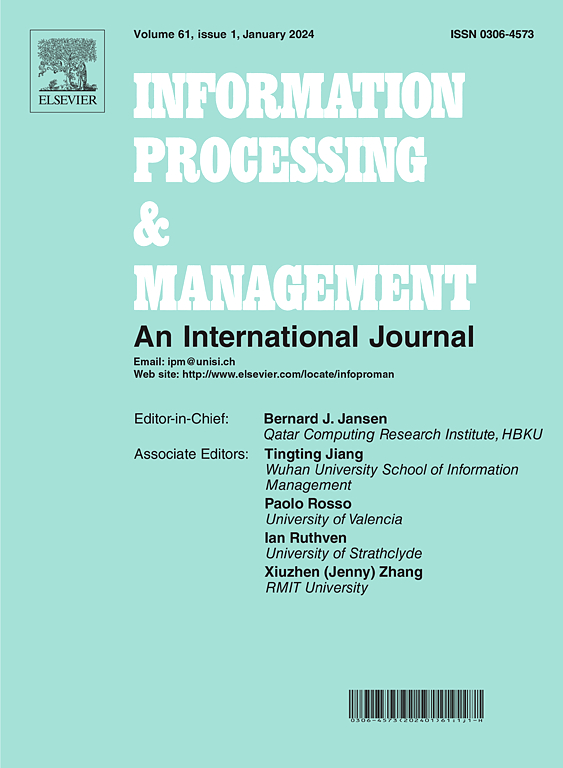The memory cycle of time-series public opinion data: Validation based on deep learning prediction
IF 7.4
1区 管理学
Q1 COMPUTER SCIENCE, INFORMATION SYSTEMS
引用次数: 0
Abstract
This study explored the response mechanism of time-series public opinion data to sustained external stimuli based on COVID-19 pandemic and online news data (N = 39,753). We employed multiple deep learning models (CNN1D,CNN2D,LSTM,CNN1D-LSTM, and CNN2D-LSTM), using pandemic spread data over varying time windows (window ∈ [5–100]) as input to predict public opinion trends at different lag periods (lag ∈ [1–100]). Subsequently, we investigated the response mechanism of time-series public opinion data to external stimuli by observing the distribution patterns of effective combinations of input windows and lag periods. The findings indicate that statistical data on COVID-19 transmission contain latent knowledge about future public opinion trends. In effective prediction patterns, the size of the data input window and effective lag periods exhibit stable periodicities. This periodicity presents different timescales in the short-, medium-, and long-term, highlighting the public's near-term feedback, ongoing concern, and long-term review regarding major social issues.
求助全文
约1分钟内获得全文
求助全文
来源期刊

Information Processing & Management
工程技术-计算机:信息系统
CiteScore
17.00
自引率
11.60%
发文量
276
审稿时长
39 days
期刊介绍:
Information Processing and Management is dedicated to publishing cutting-edge original research at the convergence of computing and information science. Our scope encompasses theory, methods, and applications across various domains, including advertising, business, health, information science, information technology marketing, and social computing.
We aim to cater to the interests of both primary researchers and practitioners by offering an effective platform for the timely dissemination of advanced and topical issues in this interdisciplinary field. The journal places particular emphasis on original research articles, research survey articles, research method articles, and articles addressing critical applications of research. Join us in advancing knowledge and innovation at the intersection of computing and information science.
 求助内容:
求助内容: 应助结果提醒方式:
应助结果提醒方式:


